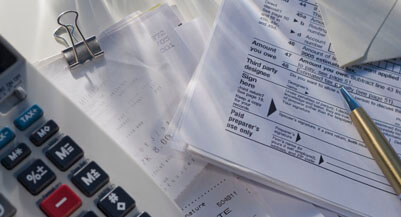There are a number of expenses that can be claimed to reduce the capital gain on your cottage, Louise. Capital expenses are an example. The Canada Revenue Agency (CRA) defines a capital expense as an expense that:
- Gives a lasting benefit or advantage;
- improves the existing property;
- is a separate asset; or
- is considerable in relation to the value of the property.
Capital gain vs capital expense for the costs of owning and selling a cottage
There’s a distinction between a capital expense—which increases your cost base and reduces your capital gains tax on a property—and a current expense, which is a repair. Repairs are only tax deductible when a property is used for rental or business purposes against the income earned but have no impact on capital gains.
In your case, Louise, a good example of a capital expense would be your expense to change a shingle roof to a metal one. In particular, it provides a lasting benefit, is an improvement to the existing roof, and is considerable in value.
The windows and flooring also provide a lasting benefit. The stove is a separate asset, in its own right. So, these three expenses would also generally be capital expenses that would be added to the cost of the property for capital gains tax purposes.
What is a capital gain?
A capital gain is the increase in value on any asset or security since the time it was purchased, and it is “realized” when the asset or security is sold. (Similarly, a capital loss is realized when you sell an asset that has decreased in value since the time of purchase.) Capital gains (or losses) can happen on stocks, mutual funds and real estate.
Read more about capital gains in the MoneySense Glossary: “What are capital gains?”
Is replacing a cottage deck a capital expense?
The replacement of the old deck and stairs may not be a capital expense, Louise. In fact, the CRA gives a specific example on their website of an expense for wooden steps being a current expense. If you were to replace wooden steps with concrete steps, that would be a capital expense. If you were to repair wooden steps, it would not be a capital expense. It would be a current expense or repair as opposed to a renovation or improvement. So, whether the deck and stair expenses are capital or current would be a matter of fact depending on the exact nature of the work.
Note that the CRA does not give a specific list of capital expenses, but rather, guidelines for determining the nature of the expense.
Cottages for sale: What happens if you have a capital gain?
The calculation of your cost base for tax purposes will then be equal to your original purchase price, closing costs on acquisition, and capital expenses over the years. The proceeds, less the selling costs, less your cost base gives you your capital gain. Half of your capital gain is taxable on your tax return in the year of sale, or two thirds if the capital gain in excess of $250,000 in a given year for a taxpayer. A large capital gain in a high income year could give rise to 25% tax or more depending on your province of residence, income sources, and the magnitude of your capital gains for the year.
Read more about owning a cottage:





















Discussion about this post